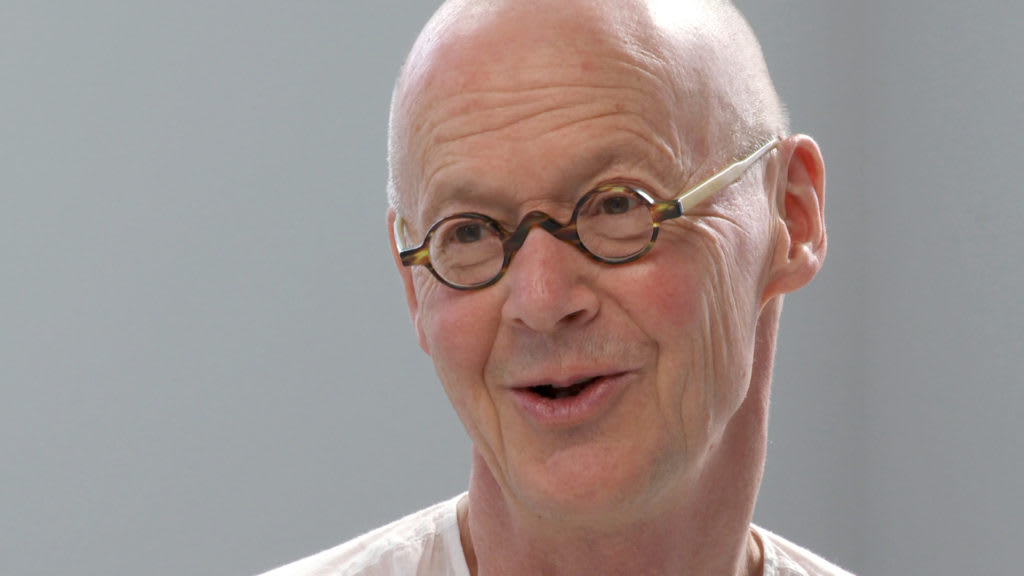
I Felt This Is the Essence of Life

Watch Wolfgang Laib Explain How He Makes His Meticulous Art Out of Pollen and Beeswax
For most of us, packing as many activities, meetings, phone calls, and outings into a single day directly correlates to personal success. Not so for German artist Wolfgang Laib.
In fact, he’s spent not just hours, but “days and days” in a dandelion meadow, collecting pollen and soaking in the atmosphere. He knows it’s unconventional, telling Art21 in an exclusive interview that his art is “something totally different than what our society thinks of what you should do or what you should achieve in an hour or a day or a month.”
The lack of understanding doesn’t stop Laib though. If anything, it propels him further into a more dedicated, almost monastic artistic practice, rooted in study of the Taoist philosopher Lao Tzu, the artwork of Constantin Brancusi, and past travels to India and around Germany.
In the interview for the Art in the Twenty-First Century series, we see Laib crouched over a blank floor at the Museum of Modern Art, painstakingly constructing a perfectly even square by sifting pollen onto the ground. “For me,” he tells Art21, “the pollen is the beginning of the life of plants… and not less.” Given his interest in philosophy and nature, it makes sense that Laib is drawn to using organic materials like pollen, which he harvests from dandelions and hazelnuts, beeswax, milk, and wood.
“I had this drive to show this as soon as possible to as many people as possible in the world,” he explains of his deep connection with nature. “I felt this is the essence of life and this is something which holds the world together.”
One of the works he describes is a stepped-pyramid made from beeswax with the title Ziggurat, in reference to the Mesopotamian structures. “It was always very beautiful that you can do something today, in the 21st Century, which is not an imitation, but which has a connection to art which is 4,000 years old,” he says.
Laib’s works have an aura of spirituality and an appreciation for the harmonious relationship between the natural and built worlds. Right now, a series of his pollen works are on view at various historic locations around Italy, juxtaposed next to Renaissance buildings and chapels, collapsing the physical boundaries between past and present.
Watch the video, which originally appeared in the Art in the Twenty-First Century series, below. “Wolfgang Laib: Without Time, Without Place, Without Body” is on view at the Magi Chapel, Palazzo Medici Riccardi; Rucellai Chapel, Marino Marini Museum; and Pazzi Chapel, Monumental Complex of Santa Croce; through January 26, 2020.